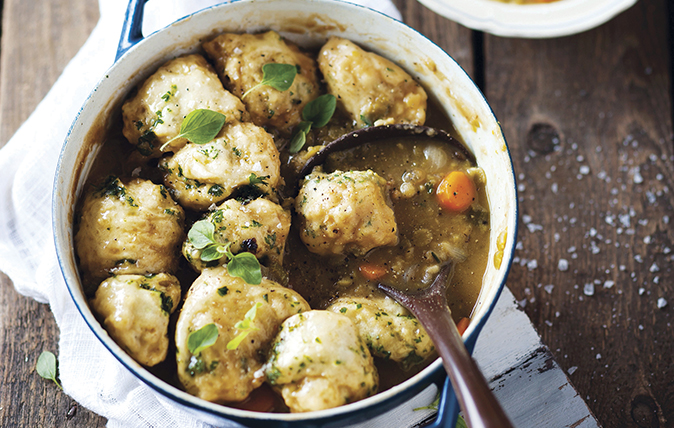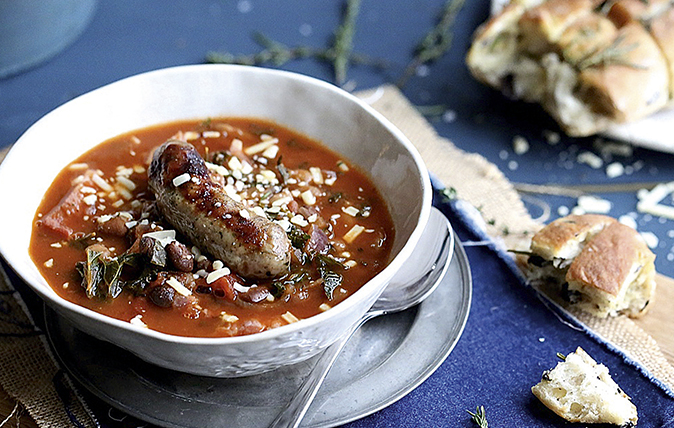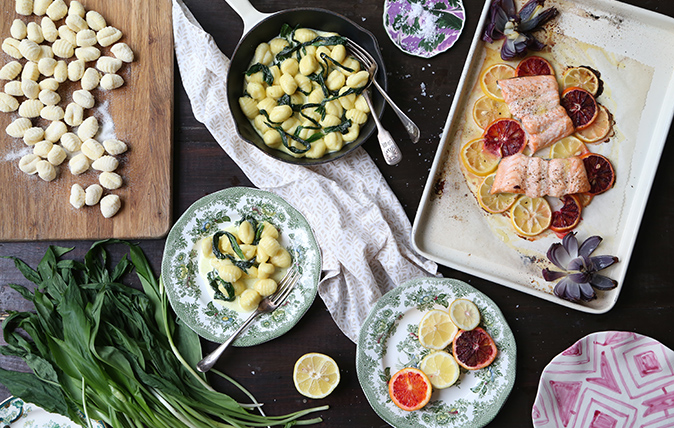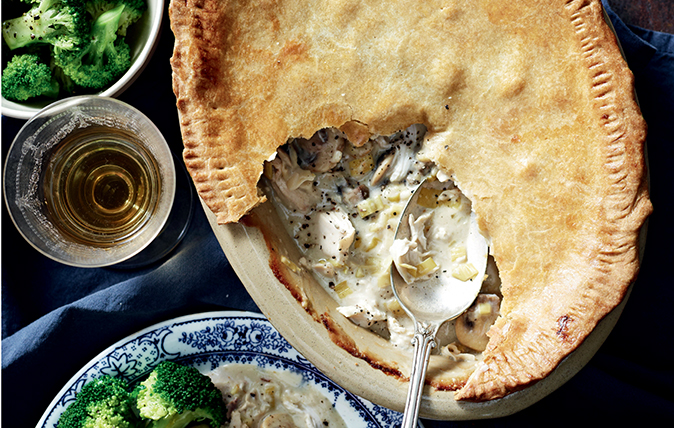How to make Norfolk dumplings
The humble dumpling is a stomach-filling staple, but what exactly constitutes a Norfolk ‘swimmer’, asks Eve Stebbing.


The humble dumpling has mostly simmered away in culinary history in an unobtrusive if rather solid way, but, with Mary Berry recently advocating a return to such food staples, it is time to reassess these bubbling little buns. Few now remember that the word ‘dumpling’ was born in Norfolk at the beginning of the 17th century, where the dialect borrowed the low German word for ‘lump’ – an earthy name that perhaps robbed them from the outset of any possible glamour. Added to this is the fact that the initial purpose of a dumpling was to fill stomachs cheaply and distract attention from a probable shortage of meat in a meal.
However, what some may view as a parochial foodstuff does, in fact, have a cosmopolitan side. Dumplings are at home in any cuisine, having arisen in different cultures around the world, and seem to spawn a saying, story or anecdote wherever they surface. The Chinese dim sum is said to symbolise prosperity and the reunion of the family. The Italian ‘strangolapreti’ gnocchi, literally ‘priest strangler’, hints at far darker tales.
In Norfolk, where farmers’ wives still refer to themselves as ‘proper dumplings’, the doughy balls are synonymous with a love of good food and generous portions. The region is rightly proud of the delicate quality of its local speciality, even branding its dumpling the ‘swimmer’ because, when correctly made, it should rise to the surface of whatever liquid it is cooking in. The claim that it bobs so beautifully it can be used to keep up a fisherman’s nets may or may not be true.
What makes a dumpling a true Norfolk swimmer is hard to pin down. Butcher Michael Quinton, a Freeman of Norwich, looks blank on the subject. He was taught to make suet dumplings by Violet, a cook to The Queen at Sandringham, but she never mentioned the swimmer. She did put him straight on a number of matters, however, including the exact cooking time – 20 minutes – and the necessity to keep the mixture dry in order for the dumplings to be light. In perfectly preserved Heydon, where Norfolk traditions are strictly observed, ‘H’, the landlord of the Earle Arms, also makes his using suet. It’s adding horseradish, he says, that makes them such an excellent accompaniment to his beef stew.
Fortunately, some useful clues have been written down over the centuries by conscientious food writers. Hannah Glasse, writing in the 18th century, extols the virtues of the Norfolk ‘yeast’ dumpling. In more modern times, Elizabeth David accounts for the tenacity of the yeasted dumpling in the region with the fact that the bread ovens were kept alight until after the Second World War, leaving traditional cooking methods intact.
Retired baker Brian Tubby, however, seems confident on the matter and claims to know exactly what constitutes a swimmer – they were, apparently, made with the last of the bread dough. ‘Shape them up, leave them to rise for an hour and they’ll pop up nicely as they cook,’ he explains. And Mr Quinton’s suet variety? ‘Some say they’re from Suffolk – we called them “sinkers”!’ he laughs. Heavier they may be, but there is something just as satisfying about an unctuous and savoury suet offering as there is in the contrastingly light and fluffy swimmer bobbing in a stew, soup or sauce. Sink or swim? The choice is yours.
Norfolk swimmers
Recipe by Brian Tubby
Sign up for the Country Life Newsletter
Exquisite houses, the beauty of Nature, and how to get the most from your life, straight to your inbox.
Ingredients
- 225g flour
- 1tspn salt
- 7g live yeast
- Half a pint of warm water
Method
Combine the flour and salt. Put the yeast into the warm water, then mix with the flour and salt. Knead the dough to a dry but springy consistency, adding more flour if necessary. Cover and leave to rise. Shape up into four balls and boil in a 5-litre pan of water for 20 minutes. Makes four good-sized dumplings.

Italian bean and bacon soup with kale
Baked with wasabi, or stirred into an Italian bean-and-bacon soup: just two of our favourite kale recipes.

Credit: Melanie Johnson
Salmon with citrus, red-onion flowers, potato gnocchi and wild-garlic cream sauce
Melanie Johnson goes foraging for wild garlic.

The best of British pies
Tom Parker Bowles tucks in to find out who’s eating all the British pies.
Country Life is unlike any other magazine: the only glossy weekly on the newsstand and the only magazine that has been guest-edited by HRH The King not once, but twice. It is a celebration of modern rural life and all its diverse joys and pleasures — that was first published in Queen Victoria's Diamond Jubilee year. Our eclectic mixture of witty and informative content — from the most up-to-date property news and commentary and a coveted glimpse inside some of the UK's best houses and gardens, to gardening, the arts and interior design, written by experts in their field — still cannot be found in print or online, anywhere else.
-
 Two quick and easy seasonal asparagus recipes to try this Easter Weekend
Two quick and easy seasonal asparagus recipes to try this Easter WeekendAsparagus has royal roots — it was once a favourite of Madame de Pompadour.
By Melanie Johnson
-
 Sip tea and laugh at your neighbours in this seaside Norfolk home with a watchtower
Sip tea and laugh at your neighbours in this seaside Norfolk home with a watchtowerOn Cliff Hill in Gorleston, one home is taller than all the others. It could be yours.
By James Fisher